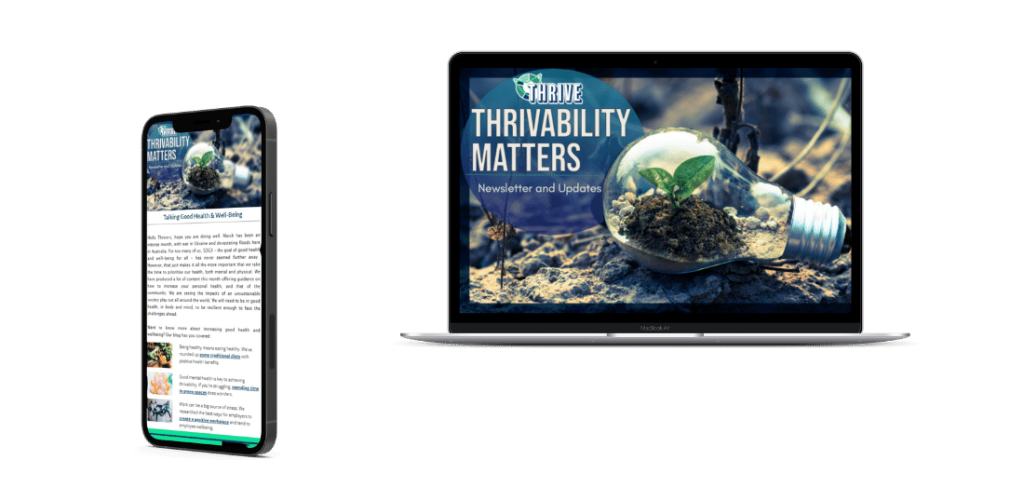What if someone told you that all the solutions to humanity’s most significant issues exist within the natural world? Everyday, we are surrounded by millions of species which hold innovative and unique answers to significant societal problems. By utilising existing natural frameworks, humanity is able to progress towards its goal of global sustainability. But how does this process function within reality?
What is biomimicry?
The field of biology defines success within the natural world through the survival of an individual, their offspring, and their wider species (Benyus, 1997). Under these parameters, it can be argued that humans are therefore failing to effectively thrive. The constant stream of news on human-induced climate change, pollution, war, environmental destruction and famine certainly suggests otherwise. Other organisms are comparatively much more aware of their role in the environment, putting safeguards in place, and ultimately ensuring the longevity of their species and its ecosystem for thousands of generations (Benyus, 1997).
Biomimicry is a practice which recognises the valuable potential of the natural world. It acknowledges this environment as a model which can inspire humanity to increase its global sustainability. This can be represented through the designing of products, development of policies, and introduction of new ways of living (Berkebile and McLennan, 2004). By implementing such processes, society can develop and build intelligent solutions to survive and thrive alongside our natural environment.
Examples in action
The practice of biomimicry is incredibly versatile and adaptable. Its application can be categorised into three different components, each of which contribute to a widespread shift towards sustainability.
Firstly, biomimicry is changing the way products are designed, particularly in terms of shape and structure. For example, Japan’s high-speed Shinkansen, or Bullet Train, employs the physiology of three bird species in its design to develop a quieter, faster, and more efficient model (Kupfer, 2015). The curved and serrated feathers of an owl inspired the design of the pantograph rig, responsible for connecting the train to the electrical wires above. The wind-resistant body of the train was modelled on the streamlined figure of a penguin, while the unique nose hails from the beak of a kingfisher that can dive into the water while making minimal splash (Kupfer, 2015).

Secondly, biomimicry utilises the unique processes found in biodiversity. One famous example is the process of photosynthesis in plant cells, which acts as a model for systems of renewable energy production (Kupfer, 2015). Another great example comes from a company called Aquaporin, who create water filters based on the proteins which are responsible for transporting and filtering water within living cells (Aquaporin, 2020). These pores only allow water molecules to move through the membrane, leaving salts and impurities behind using a process called forward osmosis. This is much more efficient than other human designed filters, which tend to rely on high-energy processes (Aquaporin, 2020).
Finally, biomimicry provides the potential to model human processes on existing ancient, resilient, and efficient natural operations, such as ecosystems (Benyus, 1997). All products within an ecosystem are reused locally in order to build the foundations of another process. For example, fallen leaves are broken down in soil, subsequently producing organic waste that is rich in nutrients and improves future plant growth. This therefore acts as a closed system which does not create any by-products. Such ingenuity creates a resilient process, and provides an opportunity to develop an understanding of how local communities can live and thrive in the long term (Benyus, 1997).
Enabling the transition towards a circular economy
These examples of biomimicry can be further emphasised is the circular economy concept. Instead of reiterating the make, use, and dispose mentality that is currently embedded into the consumer process, it replaces the linear economy with a system that makes use of all the components of the manufacturing sequence (Martins, 2016). This would effectively close the industrial production loop and instead create a self-sustaining industrial ecosystem (Jelinski et al., 1992). It is argued in Martins’ publication (2016) that within a circular economy, goods and services provided by ecosystems are valued in terms of their contribution to the circular process. Therefore, this system would aim to provide an improved approach to biodiversity within the production chain as part of the biosphere, and would assist in the transition toward strong sustainable practices within society (Martins, 2016).

A final element essential to the concept of biomimicry is the understanding that life creates conditions which are conducive to growth (Benyus, 1997). Nature has already researched, designed, and trialled thousands of ways to succeed sustainably on Earth. By examining these existing mechanisms, humanity is able to gain a wealth of knowledge from within our environment, and ultimately progress on a journey towards global sustainability. For more information on the importance of sustainability in society, please visit the THRIVE Project.
Written in collaboration with THRIVE Tribe member Isabelle Coster.

